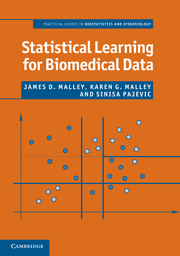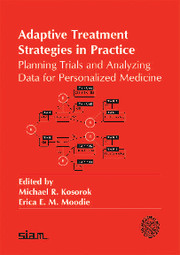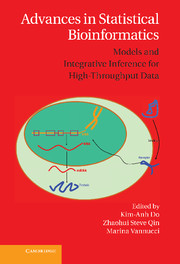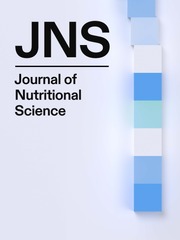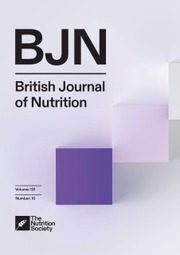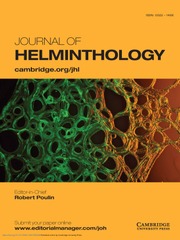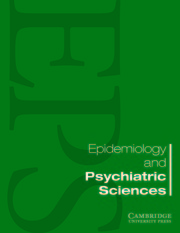Statistical Learning for Biomedical Data
This book is for anyone who has biomedical data and needs to identify variables that predict an outcome, for two-group outcomes such as tumor/not-tumor, survival/death, or response from treatment. Statistical learning machines are ideally suited to these types of prediction problems, especially if the variables being studied may not meet the assumptions of traditional techniques. Learning machines come from the world of probability and computer science but are not yet widely used in biomedical research. This introduction brings learning machine techniques to the biomedical world in an accessible way, explaining the underlying principles in nontechnical language and using extensive examples and figures. The authors connect these new methods to familiar techniques by showing how to use the learning machine models to generate smaller, more easily interpretable traditional models. Coverage includes single decision trees, multiple-tree techniques such as Random Forests™, neural nets, support vector machines, nearest neighbors and boosting.
- Free open-source computer code is available online
- Brings valuable new ideas from probability and computer science into the biomedical world to provide more accurate predictions
- Plain-language approach makes the techniques more accessible
Reviews & endorsements
"Some important concepts are explained well including the difference between supervised and unsupervised learning, and describing when specific methods work well and when they don't. They also list twenty canonical questions and point the reader to the sections in the book where these questions are answered. They provide many important examples from biomedical research and illustrate the methods to solve these problems along with the pitfalls of some of them. ... Overall, I think this is a good reference source for biomedical researchers involved in data mining or classification, but the reader should beware of the arguments that are loosely explained."
Michael R. Chernick, Significance
"The book is well written and provides nice graphics and numerous applications... the book is good for its intended audience, the users of biomedical data."
Michael R. Chernick, Technometrics
"While biomedical applications of the statistical learning machines described in this book are becoming more apparent, they are not widely practiced. This book provides an excellent overview for the neophyte as to the nuts and bolts of certain statistical learning machines and the major issues involved in development and evaluation of specific machines. The authors display a nice dance between exuberance and caution; they do not attempt to advance any particular machine learning approach, instead emphasizing the processes and the need to use several approaches depending on data context."
Wendy J. Mack, University of Southern California, Los Angeles for American Journal of Epidemiology
Product details
March 2011Paperback
9780521699099
298 pages
245 × 175 × 11 mm
0.6kg
47 b/w illus. 25 tables
Available
Table of Contents
- Preface
- Acknowledgements
- Part I. Introduction:
- 1. Prologue
- 2. The landscape of learning machines
- 3. A mangle of machines
- 4. Three examples and several machines
- Part II. A Machine Toolkit:
- 5. Logistic regression
- 6. A single decision tree
- 7. Random forests – trees everywhere
- Part III. Analysis Fundamentals:
- 8. Merely two variables
- 9. More than two variables
- 10. Resampling methods
- 11. Error analysis and model validation
- Part IV. Machine Strategies:
- 12. Ensemble methods – let's take a vote
- 13. Summary and conclusions
- References
- Index.

